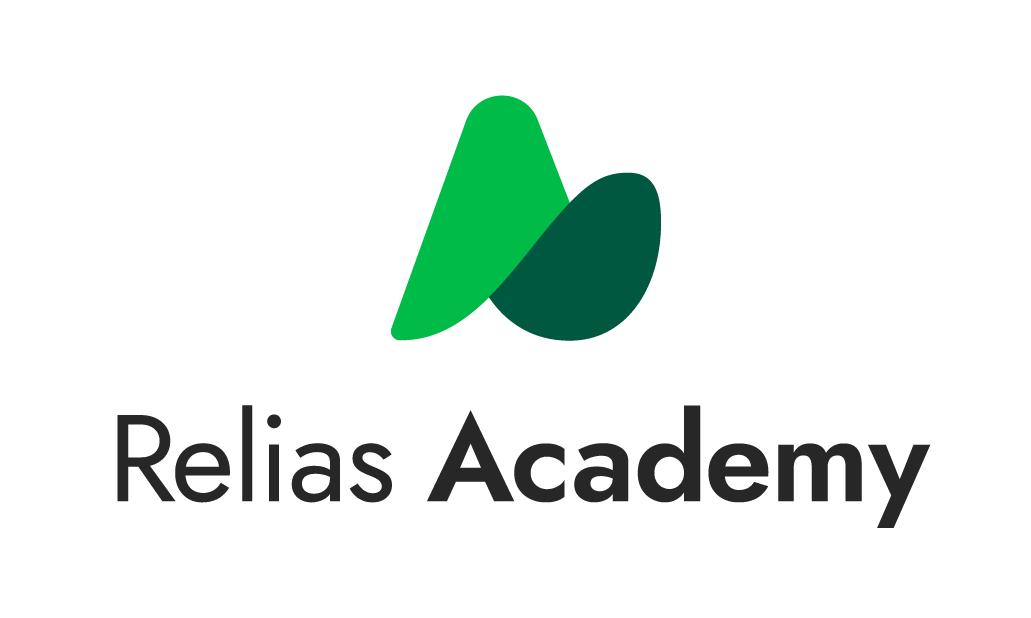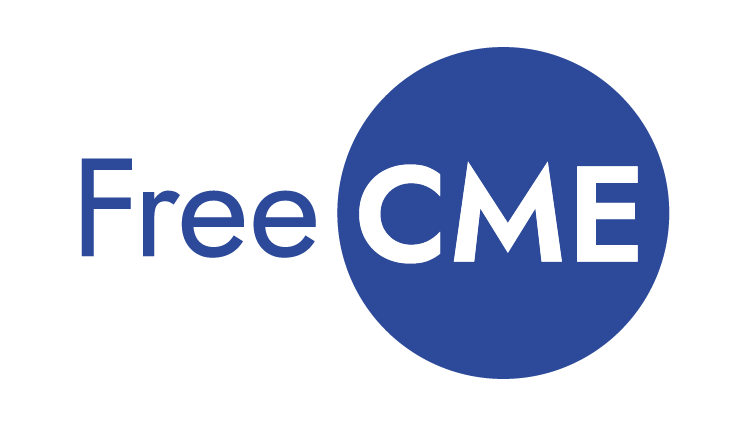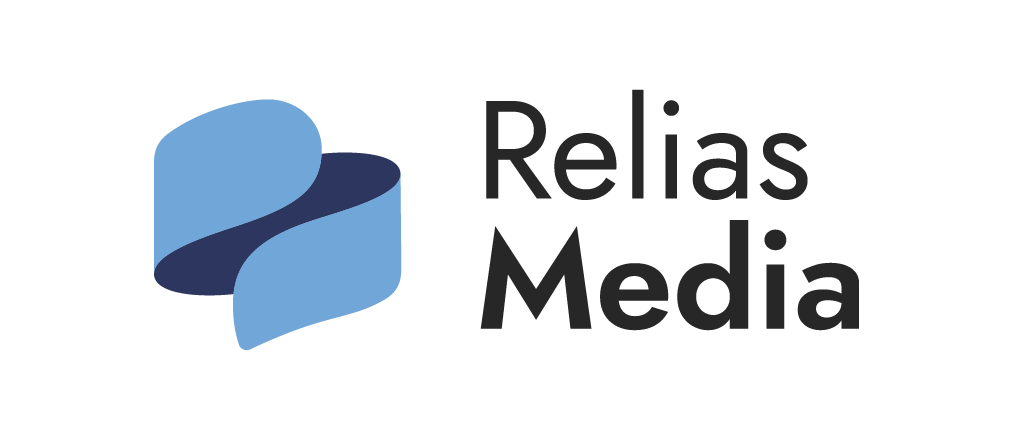What word comes to mind when you hear the word millennial? Entitled? Lazy? Selfies? Everyone has their own opinion on whether the millennial influence on our rapidly changing society and workplace is a good thing.
However, no matter your personal opinions of the millennials, they are here to stay. In fact, as of 2015 the millennial generation has become the largest group represented in the U.S. workforce and their numbers will only continue to increase in years to come. This means it is extremely important for businesses to embrace and find ways to attract and retain millennial talent. Getting the best young talent requires a shift in organizational culture as millennials have different values and characteristics that they look for in an employer. The bottom line is if you want to hire the best young talent, you need to start doing things differently than they have been done in the past.
Generational Differences
Much of the resentment that older generations have of millennial workplace culture boils down to the fact that each generation grew up with different values and goals. For example, Baby Boomers tend to think of a successful workplace as a place of rules, deadlines, and minimal small talk. Millennials on the other hand prefer a workplace to allow more flexibility, culture, and technology. Here is a chart to show some of the ways that each generation is unique:
| Baby Boomers (1946-1964) | Loyal, respect authority, stay late to meet deadlines, enjoy leading, good at building cross-departmental relationships |
| Gen X and Y’s (1965-1980) | Skeptical, dislike bureaucracy, want quick, exact info, independent, good at challenging assumptions |
| Millennials (1982-2000) | Tech savvy, multitasking, uncomfortable with small talk, want feedback, good at identifying trends |
Understanding that there is a difference between the goals of older and newer generations can help managers to bridge that generational gap.
Bridging the Gap
It’s one things to recognize that generational differences exist but it takes conscious effort from management to use those differences effectively and bridge the gap between generations of workers. The best approach for training across a multigenerational staff is to create an environment where knowledge is openly shared and easily accessed instead of being guarded. To do this, employees must be genuinely interested in helping each other learn and grow. Correcting your organizational culture to more effectively accommodate all your employees can be a daunting but here are just a few ways that a manager can help ensure his employees are effectively working together.
Mix it Up
Create a multi-generational group of employees to work together to promote information sharing.
Play to each generation’s strengths
Create a multi-generational training program for your team to equip them with the skills to effectively communicate with one another.
Make a plan
Creating multi generational groups, playing to generational strengths and training employees to be better equipped to communicate are a few ways to be a proactive manager and satisfy employees.
Attracting and Retaining the Millennial Workforce
To effectively attract the millennial generation, it is vital to understand what the millennials are looking for in their employment. Here are three things millennials value when looking for an employer:
1. Increased Work Flexibility
Unlike generations before, studies show that millennials would rather have flexibility in their work schedule than be paid more. Allowing work from home and flexible hours would have been impossible 20 years ago but with the increase of communication technology and the internet, it has now become much more feasible.
2. More Feedback
Millennials have a strong need to continuously grow and learn in their roles. Moving towards adding professional development workshops and frequent performance reviews can help validate and satisfy the millennial employee.
3. Relaxed Rules
Work used to only be a place for work, with minimal banter and socializing. Millennials have moved away from this idea and appreciate the work hard-play hard mindset. They want and expect work to be a place to work but also gather, talk, and eat with a community. Including ping pong tables and free food can improve employee morale and keep your younger employees happy and engaged.
Applying this information could have a significant positive impact on your employee morale and turnover, recruiting efforts, and company communication. This doesn’t mean that you should completely abandon practices and values of older generations but instead that you should consider embracing the future as well. It’s time to embrace millennials, combine them with the experience and value of older generations, and watch your company flourish and grow.






